
No matter whether this was deliberate or not, it is downright reckless, it is downright dangerous, NATO Secretary General Mark Rutte stated recently, characterizing Russia’s increasingly aggressive readiness to probe the boundaries of escalation. That admonishment set the context for one of the most technologically and complicated aerial attacks of the war: a massive coordinated Russian attack consisting of over 600 drones and missiles targeting Ukraine’s military-industrial heart.
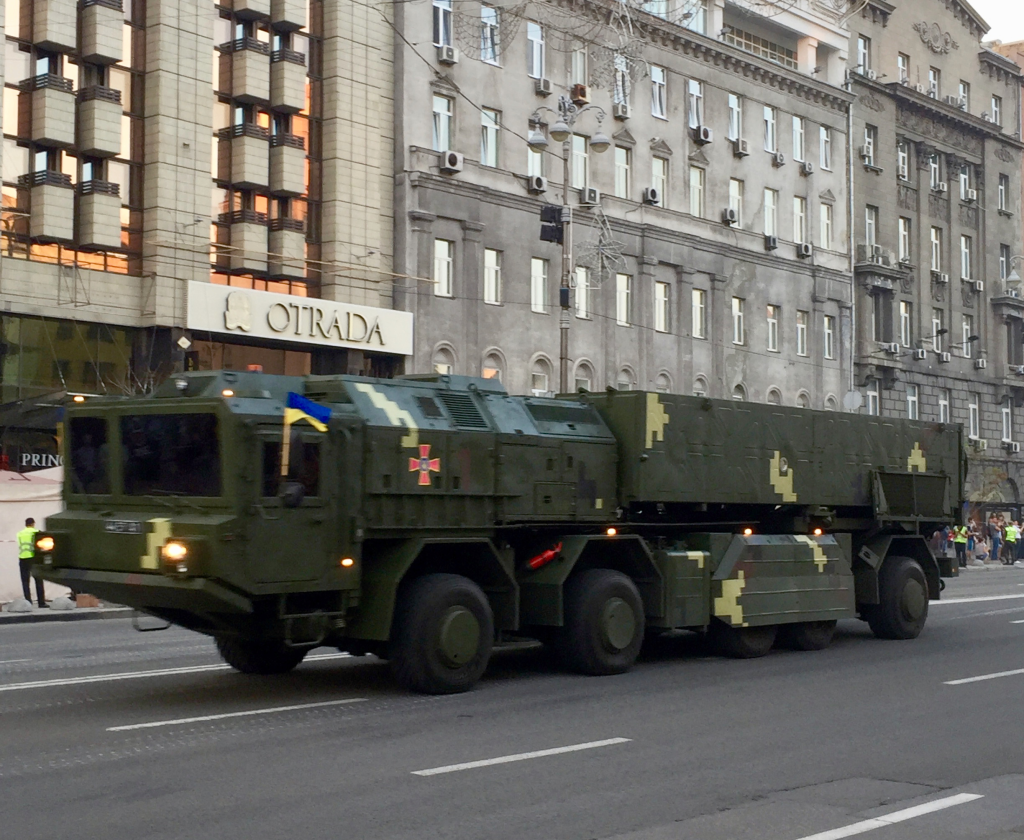
1. The Scale and Objectives of the Strike
The attack, according to Ukraine’s Air Force, was one of the largest in the war, mixing long-range precision missiles with waves of loitering munitions. Russian officials said that the strike aimed at facilities working on the Sapsan tactical ballistic missile, making multipurpose strike and reconnaissance drones, robotic combat vehicles, interceptor UAVs, and loitering munitions. These are key-value nodes in Ukraine’s internal weapons production, now providing more than 40% of frontline requirements.
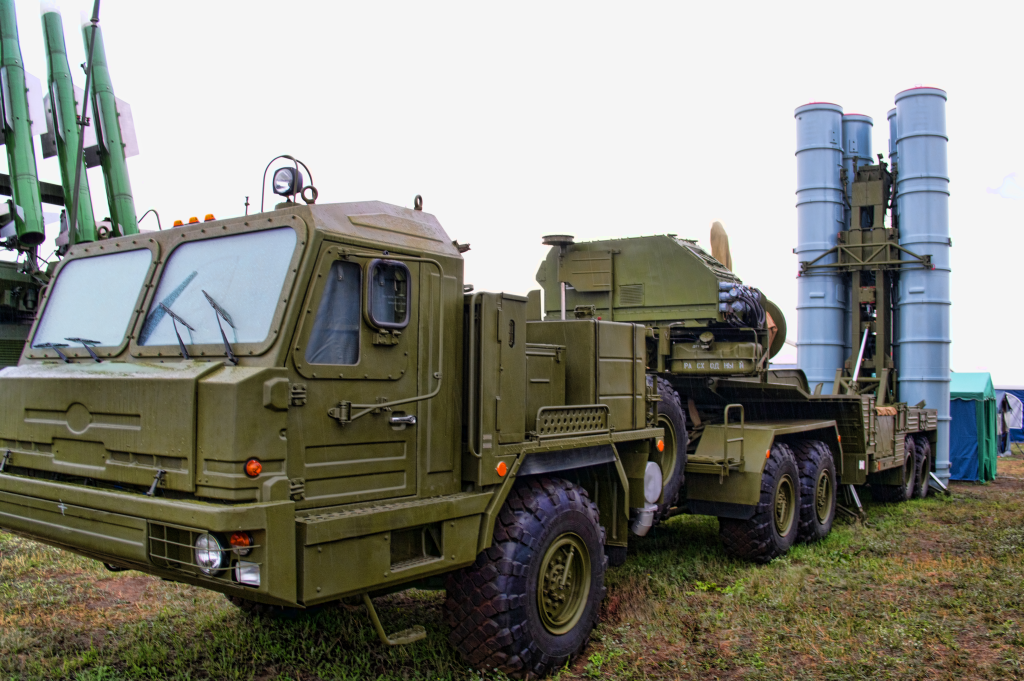
2. Ukraine’s Air Defense Response
The majority of incoming projectiles were intercepted by Ukrainian forces with a layered defense of Patriot, NASAMS, and S-300 systems backed by mobile fire groups and a growing armada of interceptor drones. However, some missiles penetrated, such as a cluster munition attack on an apartment complex in Dnipro. Cluster bombs, like the Russian 9N210/9N235 submunitions, scatter dozens of bomblets across a city block-sized area, most of which do not explode on impact posing long-term threats. Human Rights Watch has recorded their use as “tantamount to deliberately targeting civilians.”
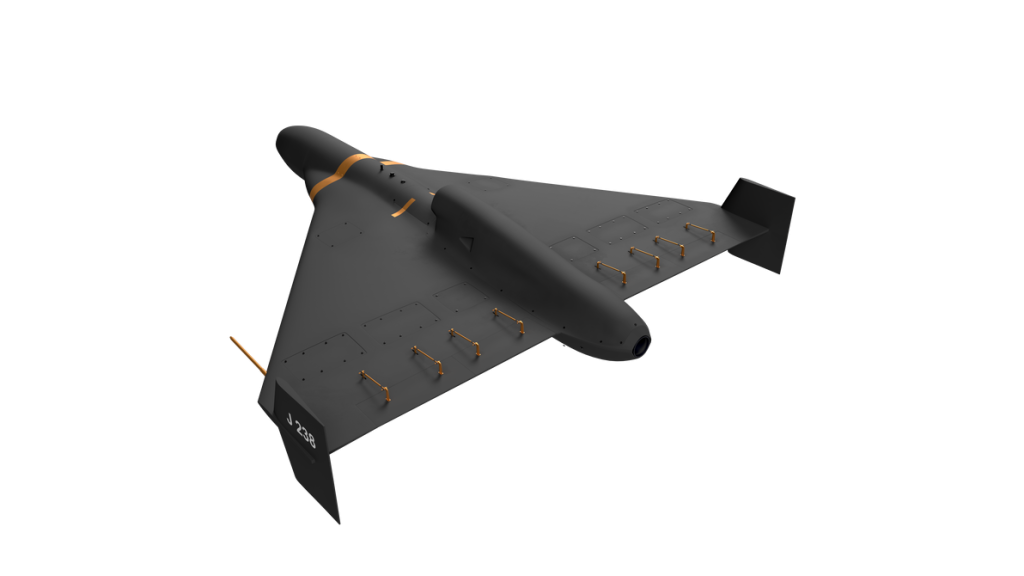
3. The Role of Loitering Munitions
At the center of the attack were Shahed-type loitering munitions, such as the Geran-2 and the new Geran-3. The Geran-3, modeled on the Iranian Shahed-238, employs a turbojet motor to hit speeds of 550–600 km/h and altitudes as high as 9 km, making it effectively immune from engagement by small-arms-tipped mobile groups or electric-motor interceptors. Its survivability is amplified by armored engine compartments and moved fuel tanks, with warhead mass now up to a maximum of 90 kg.
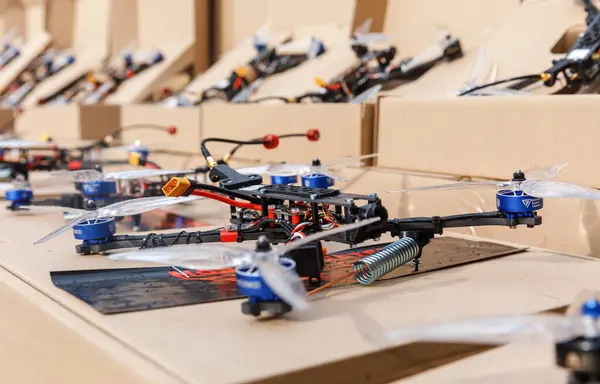
4. Interceptor Drone Countermeasures
Ukraine has responded by launching first-person-view (FPV) ramming-capable interceptor drones. President Volodymyr Zelenskyy stated that out of 810 drones in one recent swarm, interceptors shot down more than 150. At $2,000–$6,000 per system, they provide a budget-friendly answer to Shaheds that cost between $35,000 and $70,000. But the speed of the Geran-3 presents a daunting engineering task in the form of needing interceptors with much greater thrust-to-weight ratios and sophisticated guidance to bridge the gap.
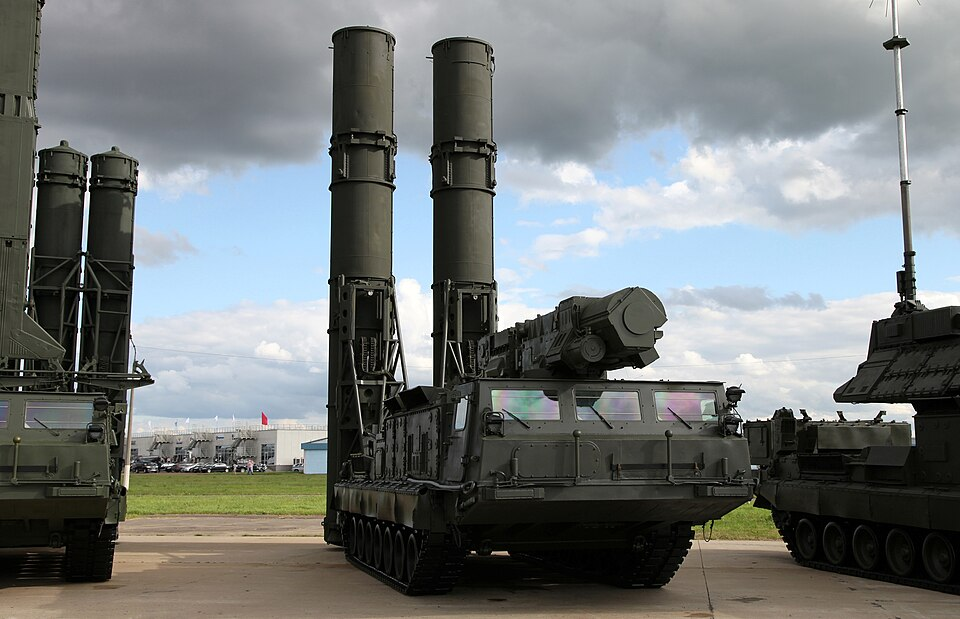
5. The Sapsan Ballistic Missile Program
The Sapsan missile, now in serial production, has shown a 300 km strike range with a warhead of over 480 kg. Its range may be 500 km, analysts claim, with a focus on payload rather than range. As the first European-made conventional ballistic missile since the Cold War, it puts Ukraine ahead of NATO allies in native missile capability. Russia’s S-300V4 and S-300PM systems are able to intercept ballistic threats, but novel designs such as Sapsan can potentially get around holes before defenses catch up.
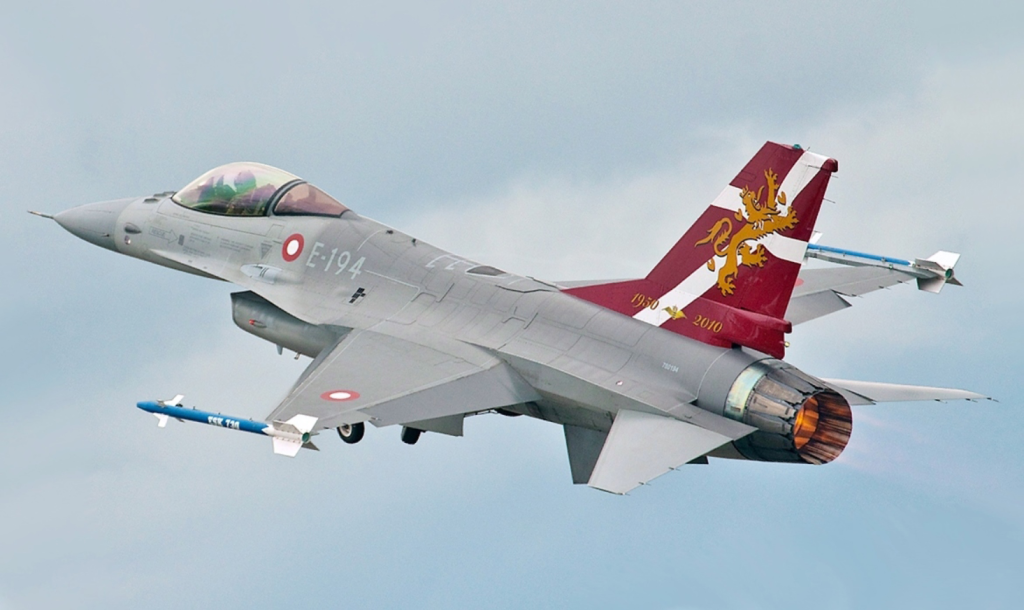
6. NATO’s Operation Eastern Sentry
The attack followed increased NATO activity in response to the largest-ever Russian drone penetration into Polish air space. The Operation Eastern Sentry will combine air- and land-based defenses along the eastern boundary of the alliance, deploying such assets as Danish F-16s, French Rafales, and German Eurofighters. The operation is intended to thwart accidental and intentional penetrations, which Polish Foreign Minister Radosław Sikorski termed “tests” of the NATO response thresholds.
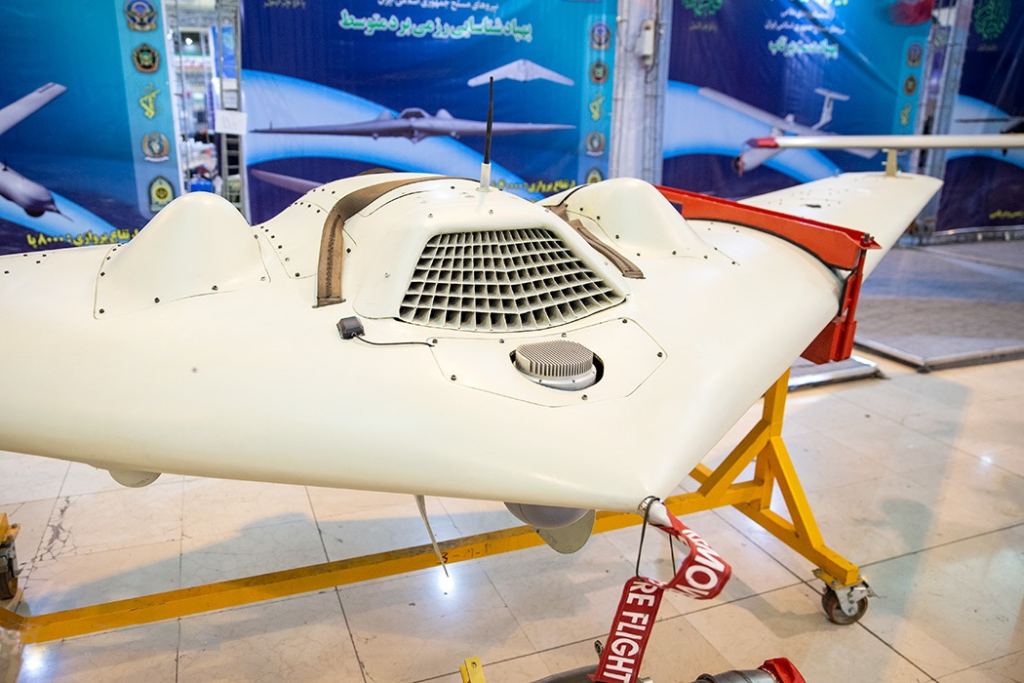
7. Russian Saturation and Production Strategies
Russia’s Alabuga plant in Tatarstan currently manufactures between 2,700 Shahed-type drones per month, along with 2,500 decoy UAVs such as the Gerbera. These plywood-and-foam decoys pretend to be actual drones to drain Ukrainian air defenses. By combining jet-powered, propeller-powered, and decoy drones in the same wave, Russia compels Ukraine to burn costly interceptors on worthless targets, a Cold War-style saturation strike strategy.
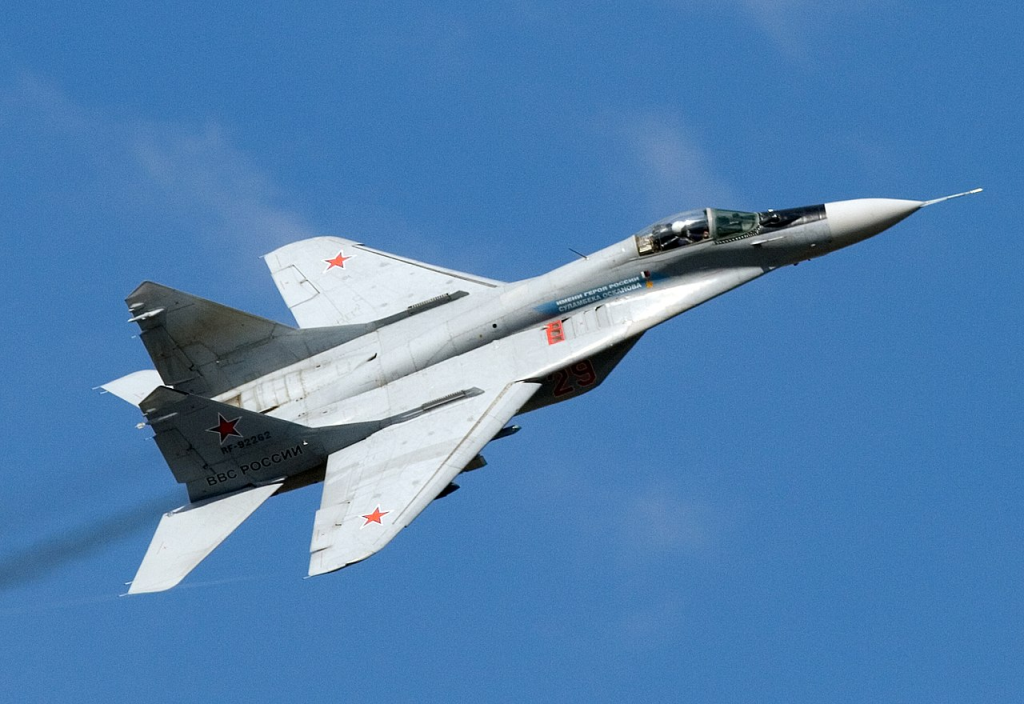
8. The ERAM Factor and Long-Range Strike Capability
Ukraine will receive 3,350 Extended Range Attack Munitions (ERAM), air-launched standoff missiles with 150–280-mile ranges, GPS-resistant navigation, and a 10-meter CEP. These might strike at Russian logistical nodes deep behind the front, although U.S. limitations might circumscribe strikes deep into Russia. Integration onto Ukraine’s MiG-29, Su-27, and upcoming F-16 fleets would add diversity to launch platforms and make Russian air defense planning more difficult.
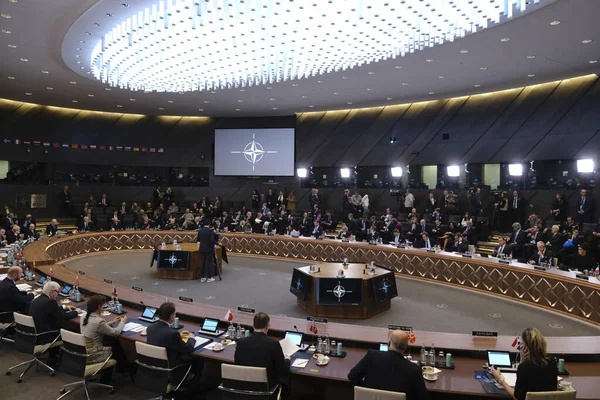
9. Infrastructure and Civilian Damage
Aside from military sites, the attack destroyed energy infrastructure, transportation networks, and residential properties. Ukraine’s biggest private energy group, DTEK, said thermal plants were severely hit. These types of attacks are meant to weaken Ukraine’s defense industry by interfering with power supply, similar to Russia’s winter 2022-23 campaign against the power grid.
The scope and sophistication of this newest attack highlight the war’s transformation into a test of industrial power, air defense integration, and technological agility. Every wave challenges not only Ukraine’s staying power but also NATO’s ability to counter a battlespace in which drones, missiles, and geopolitics merge at unprecedented velocity and magnitude.


